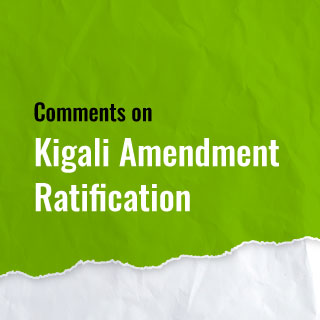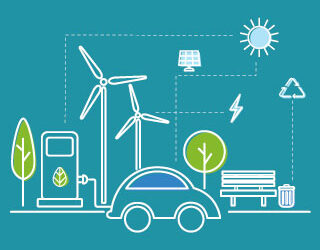Implementation of HFC phase down will help achieve EE gains and GHG emissions reduction

The Union Cabinet has taken a very positive step, having given its approval for ratification of the Kigali Amendment to the Montreal Protocol on Substances that Deplete the Ozone Layer for phase down of HFCs by India as per the agreed schedule under and transition to non-HFC and low global warming potential technologies.
The benefits of this decision is that the expected phasedown would reduce greenhouse gas emissions, thus limiting the damage to the environment.
India will now prepare a national phase down strategy for Hydrofluorocarbons after consultations with all the industry stakeholders by 2023. India will also carry out amendments to the existing legislation framework, the Ozone Depleting Substances (Regulation and Control) Rules to allow appropriate control of the production and consumption of Hydrofluorocarbons to ensure compliance with the Kigali Amendment.
Implementation of HFC phase down will also achieve energy efficiency gains and carbon dioxide emissions reduction – a “climate co-benefit”.
It is now for the industry, the civil society organizations and the government to work together to move forward more towards non-HFC and low GWP technologies. This presents immense opportunities to promote domestic innovation for new generation alternative refrigerants and related technologies. Partnerships must evolve to draw out plans for meeting the targets as agreed internationally.
This piece is written by Dr Bhaskar Natarajan. He is a senior advisor at AEEE and has over twenty-five years of experience in areas related to clean energy, energy efficiency and sustainable development.




